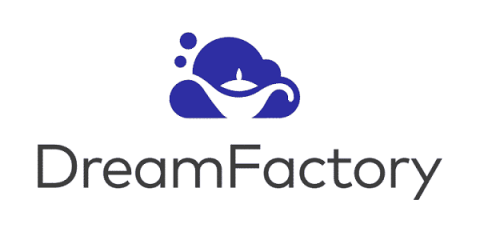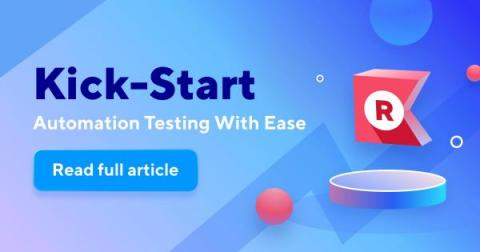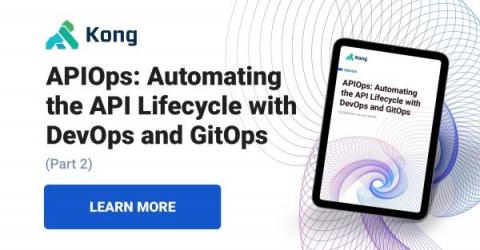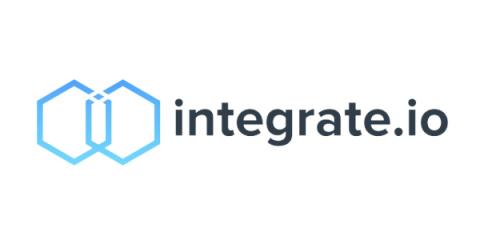Systems | Development | Analytics | API | Testing
Latest Blogs
The Ultimate Map to finding Halloween candy surplus
As Halloween night quickly approaches, there is only one question on every kid’s mind: how can I maximize my candy haul this year with the best possible candy? This kind of question lends itself perfectly to data science approaches that enable quick and intuitive analysis of data across multiple sources.
Do you want to build an ETL pipeline?
Building, Testing, and Deploying Google Cloud Functions With Ruby
Google's Cloud Functions let developers run their code in production in a scalable way without worrying about the minutiae of server administration. In this article, Subomi shows walks us through building a real-world service using GCF.
Kick-Start Automation Testing with Katalon Recorder
Software testing was initially a manual activity, however, due to the importance of speedy delivery, the transition to automation testing is predictable. Unfortunately, this shift can become an overwhelming voyage, especially for startups without a dedicated QA team. Suppose you are a manual tester (or developer) seeking an automation solution to speed up your project.
Google Analytics Automated Reports: Everything You Need to Know
Automating the API Lifecycle With APIOps: Part II
In the last blog post, we discussed the need for both speed and quality for your API delivery and how APIOps can help achieve both. In this part of our blog post series, we’ll walk through what the API lifecycle looks like when following APIOps. We’re still following the best practice we’ve established in the industry over the years, but what you’re going to see is that the processes we follow at each step of the API lifecycle – and between each step – have changed.
Cloud Testing at Facebook
At Speedscale, we are on the cutting edge of defining autonomous testing for the cloud era. However, we aren’t the only company trying to solve this problem and we enjoy learning from every perspective. That’s why Facebook’s recent blog article about autonomous testing caught my eye. They’ve built a sophisticated autonomous test system that introduces many of the same techniques we utilize.
Why Your Company Needs API Management
How to Bring Breakthrough Performance and Productivity To AI/ML Projects
By Jean-Baptiste Thomas, Pure Storage & Yaron Haviv, Co-Founder & CTO of Iguazio You trained and built models using interactive tools over data samples, and are now working on building an application around them to bring tangible value to the business. However, a year later, you find that you have spent an endless amount time and resources, but your application is still not fully operational, or isn’t performing as well as it did in the lab. Don’t worry, you are not alone.











